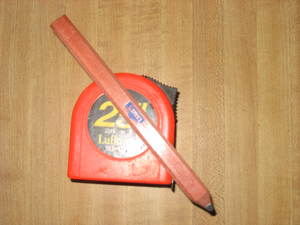I became acquainted with the Russell lupines a number of years ago when I saw a big window display of them at Podesta Baldocchi florists in San Francisco. I not only bought an armful but questioned their buyer until I found out where they came from and where seed could be obtained.
The Russell lupins were first, introduced about 50 years ago and they practically get the whole garden world. When they finally reached the West Coast, Podesta Baldocchi cornered the market. The blooms I saw in their window were over three feet all with the upper two-thirds of the flower stalks consisting of a densely packed spike of blooms with sweet pea flower forms in every color I could imagine.
I found that the plants were perennials and that they had been developed by George Russell of Yorkshire, England, after many years of hybridizing and selection. I managed to get seeds and I carefully followed the instructions that came with them. I was told to soak the seed overnight in tepid water or to file through each seed coat as they were slow to germinate. I chose the water method and prepared pots of sandy loam ready for the planting the following morning. At that time I had a glasshouse and the pots were kept in the glasshouse until the seeds germinated.
I had a pretty fair number of the seeds germinate but not 100 percent. I gave the plants a bright open spot in the garden with good ventilation and they became the talk of the neighborhood. While not as tall as those in the florist shop window, they were most satisfactory and they seemed to have no problems. However, they did not come up the second year as perennials are supposed to do.
I checked around and found a florist grower in the East Bay that would sell us young plants and I was off for a second year. The grower explained that there was considerable annual blood in the Russel lupines and I could expect many of the plants to die out during the winter. They said they grew them like annuals, starting from seed early each spring. Aphids and mildew were supposed to be a problem but my plants were never bothered, possibly because they were near rose beds that were sprayed once a week. Their name, Lupinus is Latin for a wolf, implying that the plants tend to impoverish the soil. This was no the case in my garden as plants near them did as well as those at some distance and I fertilized them all alike.
Lupinus polyphyllus, a perennial found native from Northern California to Canada, is considered one of the most desirable for the garden. It grow from two to three feet or more tall with dense flower clusters from six to 24 inches long the peashaped flowers are blue, purple or reddish. This lupine is one of the important ancestors of the Russel lupine.
Source:


